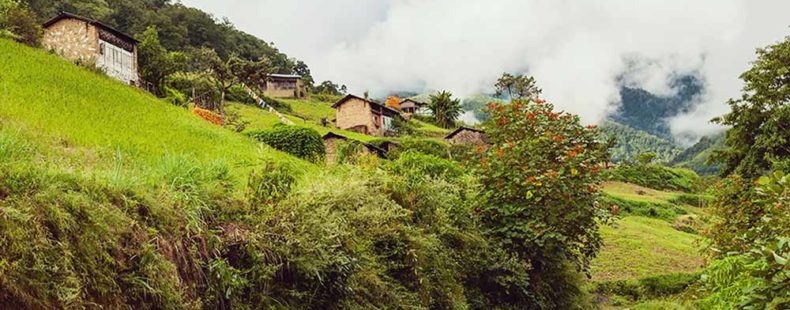Arunachal Pradesh is a state in the far northeast corner of India. It shares a border with Burma, Bhutan, and China. In the state there’s a district called East Kameng, a community of villages that have had few interactions with the outside world. And in that community, there are several thousand people who speak a language called Aka.
Within the community of Aka speakers, however, there’s an even smaller community who speak a language that until very recently was unknown to the scientific world.
It’s called Koro. Only 800 to 1200 people speak the language.
Koro is not a dialect of Aka. It is entirely its own language.
Koro belongs to the Tibeto-Burman language family, which is a collection of 400 languages used by people across Asia.
The Koro “discovery” was made by two National Geographic fellows, who traveled to the remote villages on a hunch that it was an area of great language diversity. They have yet to uncover how old the language is. They are also unsure about how it developed.
The opportunity for research is closing. It’s believed that Koro could soon be extinct. Few people who are under the age of 20 speak the language. Young people are choosing to communicate in Hindi, the predominant language of North India.
On the topic of rare findings: a so-called “Asian unicorn” was recently captured. What’s its real name, and where was it found? Read about that here.












